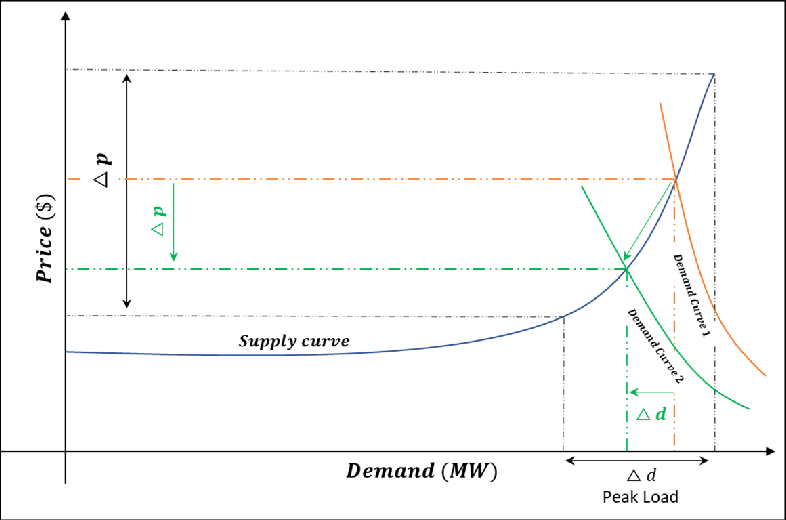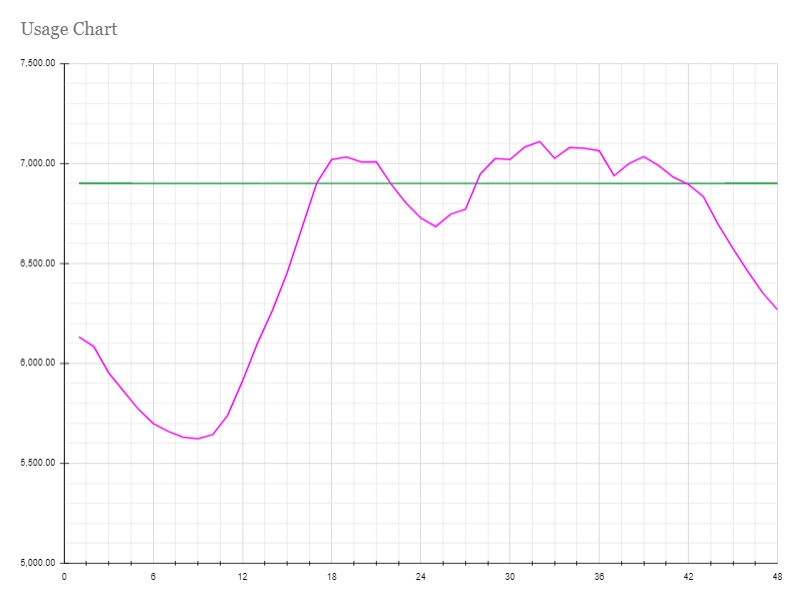Demand Response is a general term for describing the ability by an electricity consumer to respond to the electricity grid and act in a way that benefits the grid. In return, this electricity consumer receives financial benefits.
It is also the name of the energy program here in Singapore that has been running since 2016.
Explaining Demand Response
In normal times, the electricity grid works normally. This means that the prices of electricity are reasonable and the supply of electricity meets the demand of electricity. However, in abnormal times, either due to a sudden decrease of electricity (eg: a forced outage or a sudden cloud formation that reduces the supply from solar panels), or a sudden surge in electricity use (eg: when everyone starts their home aircon during the NFL or every household starts cooking at 5pm), the grid will suddenly becomes unbalanced.
To restore balance the grid can either run more generators or decrease the use of electricity. At the demand side, if a user can respond to the grid call to decrease the electricity use, the user would have performed a demand response service.
Depending on the significance of the imbalance, the outcome may range from high wholesale electricity prices, frequency dips or blackouts in the worst scenarios.
Singapore has enjoyed very reliable electricity supply for many years, thanks to the proactive grid and power management with proper planning. With Demand Response, the planning now includes the electricity consumers, who can now also contribute to power management at a national level.
How Demand Response helps
Traditionally, a user gets their electricity supply from a power source (eg: electricity from a power generation company). If there are only 2 users in the electricity eco-system, then we will need 2 power units. If both the users only uses 12 hours of electricity per day and agree to rotate the use of electricity, say, the first user uses electricity during the odd hours and the second user uses electricity during the even hours, we will have a electricity management system. Although the nett consumption of energy is still 24 units daily (2 users * 12 hours), the system only needs 1 power unit for the 2 users.
On a system level, let us look at the effect of decreasing electricity use on demand. If there are users willing to reduce their electricity consumption on demand, then the system draw on electricity will be reduced.
Benefit 1 – Savings
Let us look from the pricing point by referencing the demand supply curve. If we decrease the demand of electricity, the prices will be lowered. The more elastic the supply (the section with steeper gradient), the higher the drop in price.

At a system level, the decrease in wholesale electricity prices will be enjoyed by all the buyers buying wholesale electricity. For example, if the entire markets draws 5,500 units of electricity and pays $500 per unit, and wholesale electricity prices decreases to $380 per unit due to a 100 unit of electricity demand withdrawn contributed by the demand respond participants, there will be a $120 savings per unit of electricity or $648,000 (5,400 * $120) savings to the entire market. This $648,000 is the market benefits.
Benefit 2 – Lesser Total Generating Units = Lesser Land Needed
From the next chart, assuming our daily maximum electricity consumption is 7,100 units. This means that we will need real generation power of 7,100 units, even if we do not use them 24 hours a day. If we have 200 units of electricity that can be decreased on demand, then we will only need 6,900 units of generation power. The may lead to lesser infrastructure and investments.

Copyright Just Electric Pte Ltd
… more to come soon.